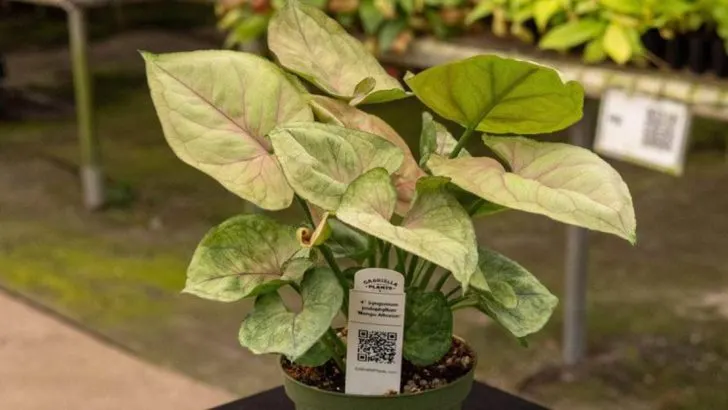Shopping at a garden center can feel like stepping into a green wonderland—but behind the rows of vibrant blooms and lush greenery, there are a few secrets retailers might prefer you didn’t know.
From marketing tactics that push trendy plants over practical ones, to the real reason some greenery looks too good to be true, this article pulls back the curtain on the industry. We’ll walk you through 11 insider tips that could save you money, protect your garden, and help you make smarter plant-buying choices. Before you head out with your shopping list, read this—you’ll never look at a garden center the same way again.
The Overwatered Trap
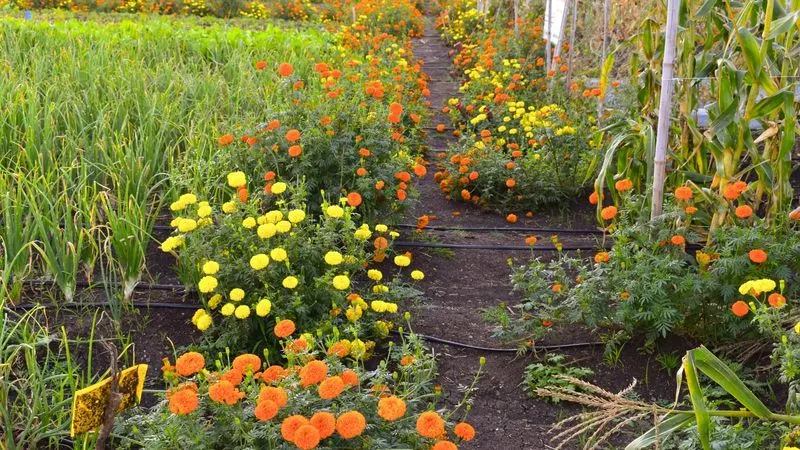
Overwatering is the silent killer of many plants, yet it’s a common trap for beginners. Garden centers might not highlight that many plants are shipped with overly damp soil. This excess moisture often leads to root rot, especially if the plant stays in its nursery pot for too long. Instead of relying on appearance, gently check the soil a couple of inches down for moisture before watering. This simple touch-test can save your plants from a soggy fate. And remember, not all plants have the same thirst; tailor your watering to the plant species’ needs.
Pot Size Illusion
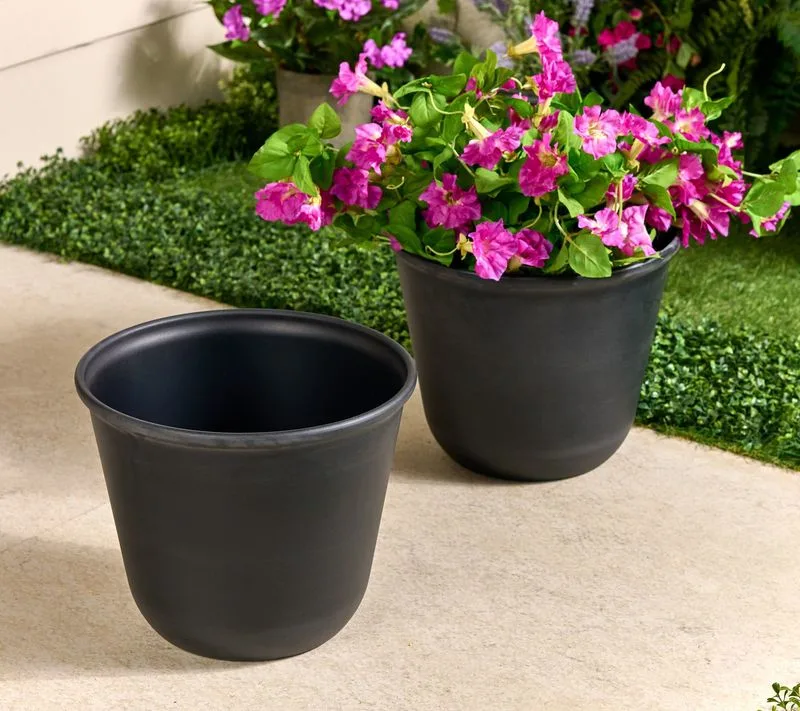
The allure of a full-looking plant can often be attributed to a pot that’s snugly small. Garden centers know that a plant with roots tightly packed in a small pot appears fuller and more appealing. However, this can stunt growth and stress the plant. When you take these plants home, repot them into a slightly larger container to give roots space to grow. This encourages healthier development and prevents root-bound stress. By understanding this optical illusion, you’ll promote long-term health over immediate aesthetics.
Seasonal Bloom Trickery
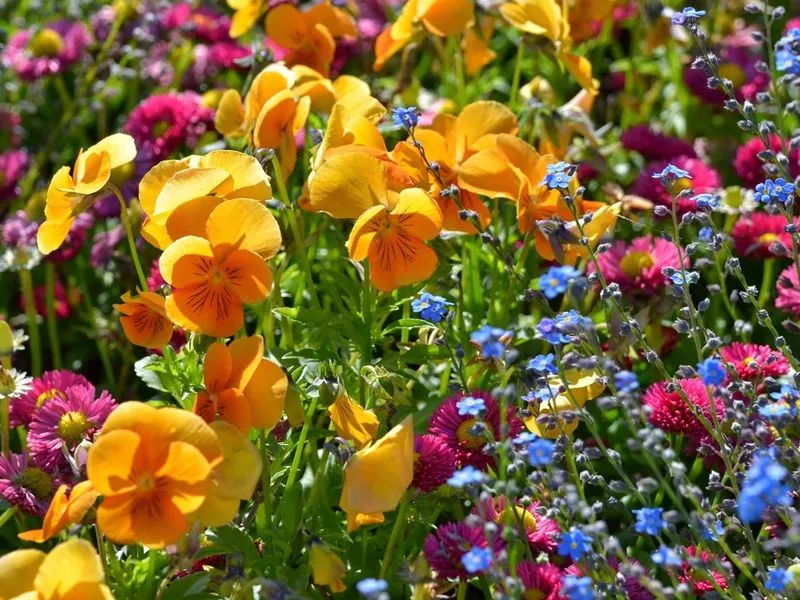
Seasonal blooms create a burst of color that’s hard to resist, but they might not last as long as you think. Garden centers often showcase them prominently to tempt buyers. However, those vibrant flowers might be nearing the end of their flowering cycle. Check for buds and newer growth to ensure longevity. By selecting plants with more buds than blooms, you’ll enjoy a longer display at home. This small oversight can make a big difference in your garden’s lasting appeal.
Chemical Dependency
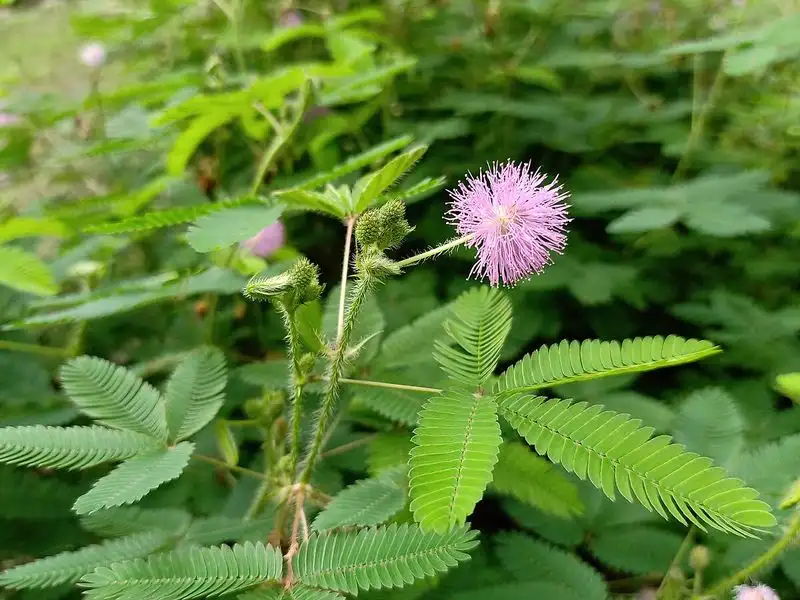
Many plants look vibrant thanks to a cocktail of fertilizers and chemicals. These treatments can create a dependency that requires ongoing care and investment. Garden centers may not always disclose the full maintenance needs, leaving you to discover the true cost of upkeep. Opt for plants known for hardiness and low maintenance if you’re not ready for a chemical regimen. Alternatively, consider transitioning to organic gardening methods to foster long-term plant health without chemical reliance.
Invasive Species Surprise
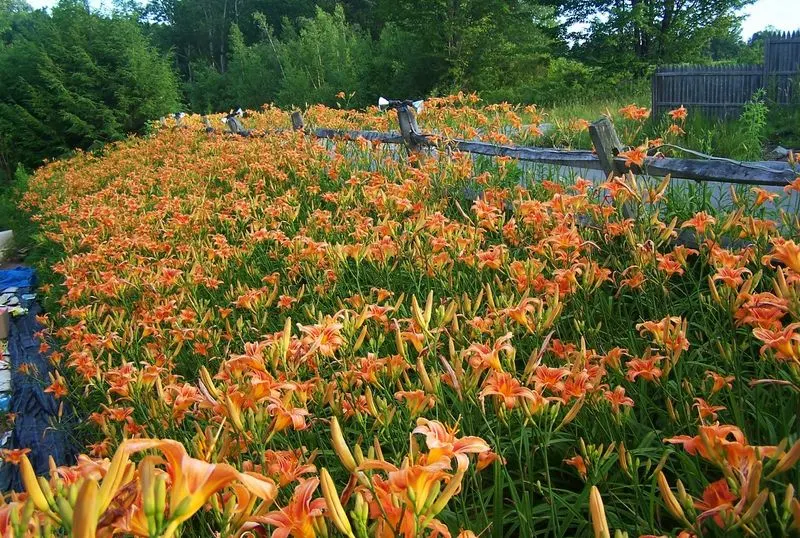
Some plants, though beautiful, are invasive species that can overrun local ecosystems. Garden centers might not highlight this risk, focusing instead on aesthetic appeal. These plants can outcompete native species, leading to ecological imbalance. Before purchasing, research a plant’s growth habits and potential invasiveness in your area. By choosing native or non-invasive species, you’ll contribute positively to your local environment. This awareness can prevent unwanted garden takeovers and support biodiversity.
The Sunlight Deception
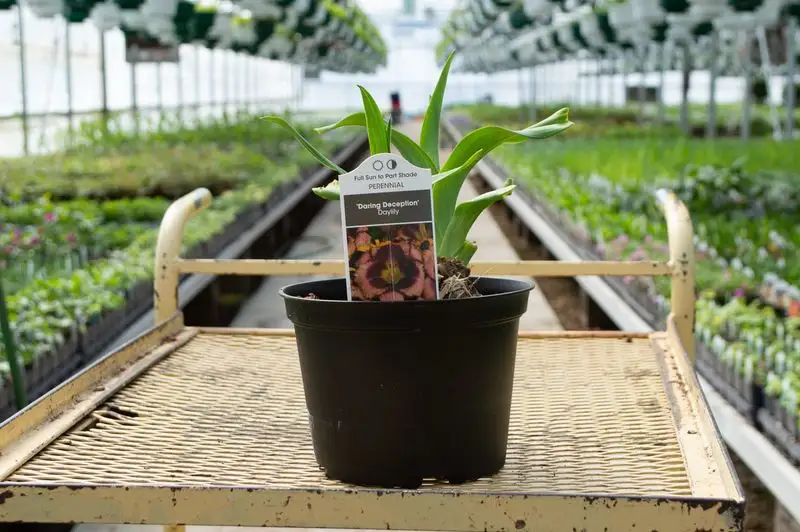
Plants labeled as ‘shade tolerant’ might still need more light than you think. In garden centers, strategic lighting makes all plants look vibrant, regardless of their true needs. Once home, these plants may struggle without sufficient natural light. To avoid disappointment, consider where a plant will live in your home and choose accordingly. For shady spots, opt for genuinely low-light plants like snake plants or pothos. This insight ensures your plants thrive rather than just survive.
The Discounted Plant Catch
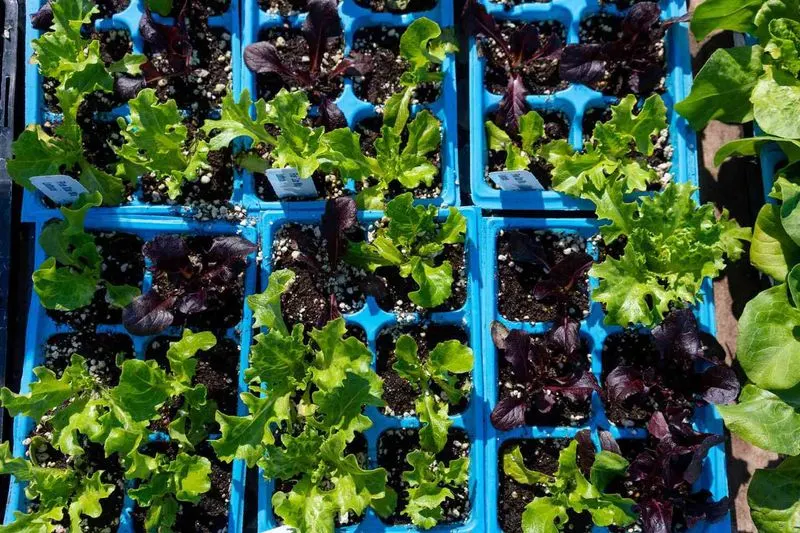
Discounted plants can be tempting, but they often come with hidden issues. These might be plants that struggled to thrive in store conditions or are near the end of their life cycle. While they offer a cheaper option, be prepared for extra care and potential disappointment. If you enjoy nurturing plants back to health, these discounted finds can be rewarding. However, for beginners or those seeking hassle-free greenery, it’s wise to invest in healthier specimens.
Plant Label Limitations

Plant labels offer basic care instructions, yet they often leave out crucial details like growth habits or ideal conditions. Garden centers rely on these generalized labels, but they’re no substitute for thorough research. Dig deeper into each plant’s needs to ensure success in your environment. Understanding its specific water, light, and soil preferences will guide your care routine. This proactive approach transforms a vague label into a comprehensive plant care guide, empowering you to nurture a thriving garden.
The Instant Garden Myth

Pre-arranged planters promise instant gardens, but they often miss the mark on long-term viability. These groupings might look stunning now, but differing plant needs can cause trouble down the line. Individual plants within these arrangements may require different light or water levels, leading to conflicts. To maintain harmony, assess each plant’s needs and adjust accordingly. By rearranging or repotting, you’ll prevent clashing requirements and promote a healthier garden that thrives together.
The Price Tag Illusion
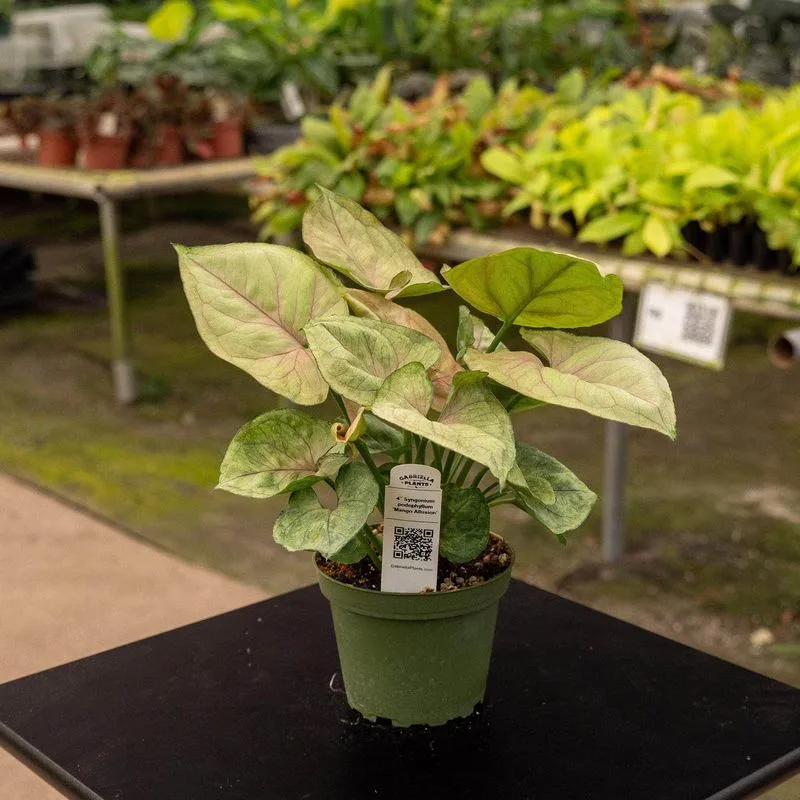
Price doesn’t always reflect quality or longevity. Cheaper plants can sometimes outlast pricier specimens with the right care. Garden centers might price plants based on rarity or demand rather than durability. Take time to understand what you’re paying for. Sometimes, investing in a less expensive plant that suits your local environment yields better results. By focusing on plant health and compatibility over price, you’ll cultivate a garden that’s both beautiful and sustainable.
The Impulse Buy Appeal

Strategically placed near checkout lines, small plants are designed to tempt impulsive purchases. These impulse buys may not suit your home environment or lifestyle. Before succumbing to their charm, consider your existing plant collection and space. Evaluate whether you can meet the new plant’s needs without compromising your current setup. By making mindful choices, you’ll avoid clutter and ensure each plant contributes to your home’s ecosystem. This thoughtful approach keeps your plant family harmonious and thriving.

